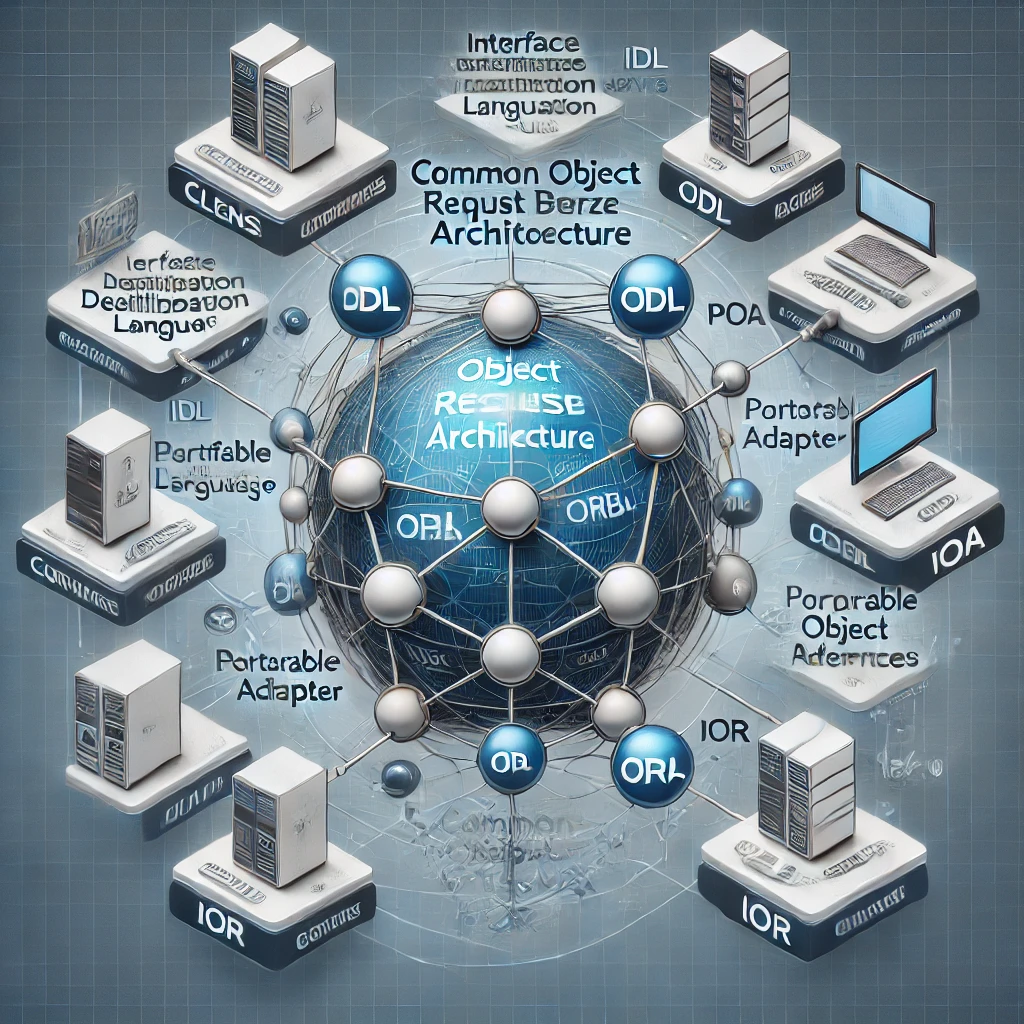Introduction
In the world of networking and development, the term “127.0.0.1:49342” is commonly encountered but can be confusing, especially for those new to web development or troubleshooting network issues. This unique combination of an IP address and port number is essential for local testing, helping developers and network administrators simulate real-world scenarios without exposing applications to the internet.
In this article, we’ll dive into the meaning of “127.0.0.1:49342,” covering essential concepts like localhost, port numbers, loopback testing, and practical scenarios where this knowledge can aid in debugging, security checks, and application development.
What is 127.0.0.1:49342?
The address “127.0.0.1” is a standard IP address known as the localhost or loopback address. The port number “49342” is just one of many ports that can be used on this address for various testing and development purposes.
- 127.0.0.1: Also referred to as the localhost, this IP address enables a system to refer to itself in a network. When used, the IP tells the system to connect internally, looping back to itself rather than reaching out to another device.
- 49342: Ports are like virtual channels that allow applications to communicate with each other within a system. Port “49342” is arbitrary, often assigned dynamically by the system when an application requests it.
Why Use 127.0.0.1:49342 for Testing?
Using “127.0.0.1:49342” is common in testing and development. Here are a few reasons why developers rely on localhost addresses and ports:
- Security and Privacy: Since “127.0.0.1” routes traffic back to the origin device, it is isolated from external networks. This isolation keeps the application or service shielded from unauthorized access while allowing full functionality on the local machine.
- Performance: Testing locally avoids network latency, providing faster load times and minimizing interruptions during debugging.
- Replicating Production Environments: Many development teams set up local environments mimicking production conditions to test new features and bug fixes safely.
The “127.0.0.1:49342” combination allows you to simulate real network requests without exposing sensitive code or data to the public.
How Localhost Addresses Work
When an application or browser is pointed to “127.0.0.1,” it attempts to access resources directly from the local system instead of traveling through the internet. This practice is fundamental in network design because:
- Developers use localhost to test applications.
- Network Engineers employ localhost addresses to ensure connectivity within systems.
- Security Professionals leverage localhost environments to test vulnerabilities in a controlled setting.
Understanding Ports and Port Numbers in Localhost
Port numbers like “49342” in “127.0.0.1:49342” act as unique identifiers, directing incoming data to specific applications on your device. For example, a web server might use “127.0.0.1:80,” while another application could use “127.0.0.1:49342.” This separation allows multiple applications to run simultaneously without interference.
Common Ports and Their Uses
- Port 80: Used by HTTP web servers.
- Port 443: Reserved for HTTPS secure connections.
- Dynamic Ports: Ports like “49342” are randomly chosen by systems for temporary tasks, often released once the task completes.
Setting Up and Testing 127.0.0.1:49342
Testing on a localhost address is simple if you follow a few steps. Here’s a guide to set up and troubleshoot applications on “127.0.0.1:49342”:
- Configure Your Application: Define “127.0.0.1:49342” in your app’s settings, typically found in configuration files.
- Run the Application: Start the application, which should listen on the specified port.
- Access via Browser: Type “http://127.0.0.1:49342” into your browser’s address bar to load the application interface locally.
- Check Firewall Settings: Firewalls can sometimes block local ports, so make sure your system firewall allows traffic on “127.0.0.1:49342.”
Troubleshooting Common Issues with 127.0.0.1:49342
Even with localhost, issues can arise. Here are some common problems and solutions:
- Port Conflicts: If “49342” is in use by another application, choose a different port number in your configuration.
- Firewall Restrictions: Some firewall settings may restrict access to localhost ports, so verify firewall rules if you experience connection issues.
- Application Crashes: If the application on “127.0.0.1:49342” fails, check log files for errors and confirm all dependencies are installed.
If you’re consistently running into issues with “127.0.0.1:49342,” consider changing to another port to see if the problem persists.
Security Implications of Using Localhost Ports
Though “127.0.0.1:49342” is generally secure, understanding its limitations and security considerations is crucial:
- Local Access Only: By default, this address is inaccessible to external devices. However, exposing localhost by changing configuration settings can open vulnerabilities.
- Limited by Design: Using “127.0.0.1:49342” restricts access to the local device only, so any sensitive information accessed or tested there remains secure.
- Testing for Vulnerabilities: Security professionals often test software in a local environment before deploying to a live server, helping ensure vulnerabilities are caught in development.
For more about localhost security practices, refer to resources on localhost security basics.
Practical Applications for 127.0.0.1:49342
Here are real-world scenarios where developers and network administrators use “127.0.0.1:49342”:
- Web Development: Developers often deploy applications locally to test functionality before going live. Using a unique port like “49342” allows testing without interference.
- Database Management: Database administrators connect to localhost for database configuration and backup operations, ensuring security without external exposure.
- Software Prototyping: Many software prototypes are hosted locally during development, leveraging “127.0.0.1” addresses and varied ports to simulate real server behavior.
FAQ on Localhost Addresses and Ports
1. Why is “127.0.0.1” called the localhost? “127.0.0.1” is called the localhost because it’s designated to loop back to your local machine, allowing it to self-reference without sending data externally.
2. Can I use any port with 127.0.0.1? Yes, but avoid reserved ports like “80” (HTTP) or “443” (HTTPS) unless specifically configuring a web server. Ports like “49342” are ideal for isolated testing purposes.
3. What happens if I use a port already in use? If you assign a port like “49342” that’s in use, you’ll encounter an error. The best solution is to select a different port or terminate the conflicting process.
4. How secure is using localhost? Very secure by default since localhost traffic is inaccessible to other networked devices. However, altering configurations can expose it if not managed carefully.
Final Thoughts
Understanding and effectively using “127.0.0.1:49342” is a cornerstone of safe, efficient testing and debugging in software development and network management. By isolating applications from the external internet, developers can experiment, troubleshoot, and optimize in a controlled environment, ensuring quality and security when applications move to live servers.




